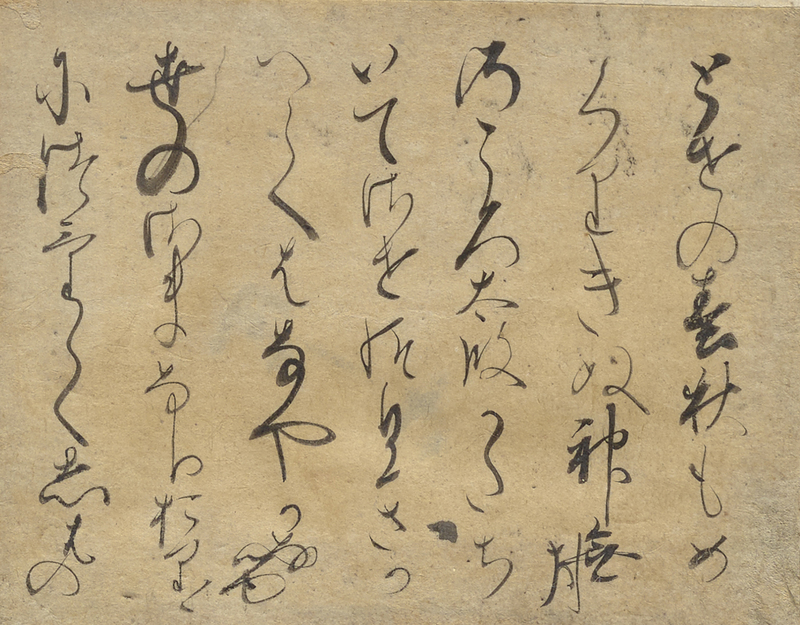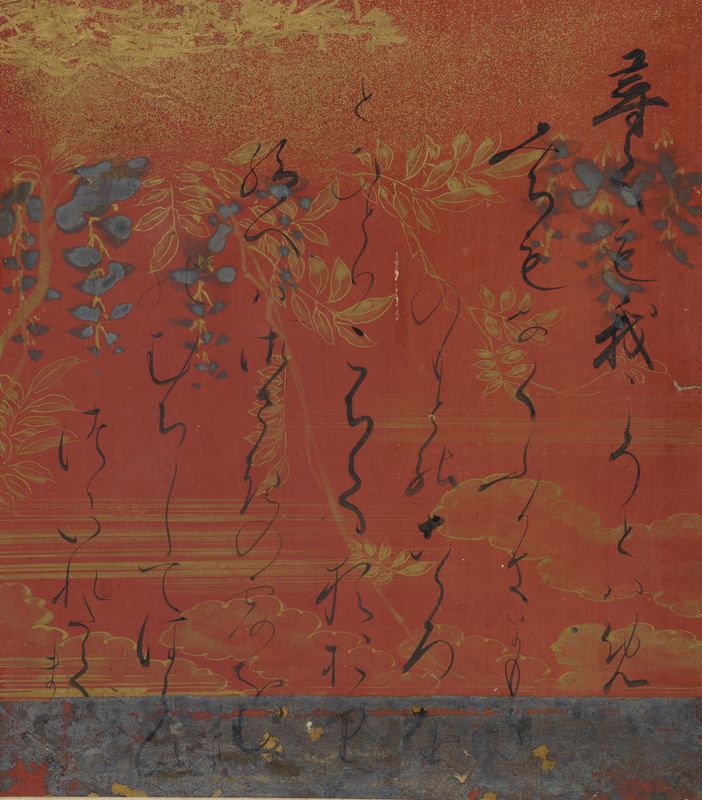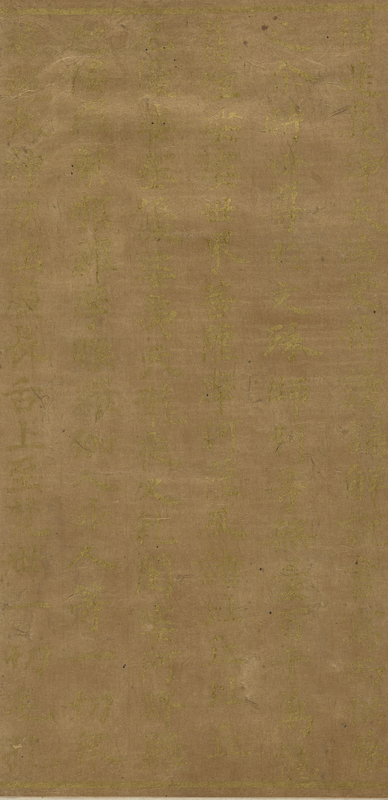
What is Tekagami?
Literally “mirror of hands,” tekagami 手鑑 is an album of calligraphy fragments of poems, stories, religious scriptures, historical documents, and personal correspondences known collectively as kohitsu 古筆 (“antique writing”).
The practice of assembling tekagami boomed in the Edo-period (1615-1868) and it still continues today.1 A tekagami album is sometimes compared to a scrapbook or stamp collection. These analogies capture certain aspects of tekagami culture. For instance, just like scrapbooking, the act of fragmenting a preexisting larger whole—whether it be a book of poetry, narrative handscroll, or folding screen decorated with sheets of calligraphy—is at the core of tekagami assemblage. Similar to stamps, some kohitsu pieces can procure significant commercial value.2 On the other hand, the intimate relationship between the collector, calligraphy collected, and the “hand” (and by extension the mind) of the calligrapher attributed to have written the piece fundamentally distinguishes tekagami from other popular forms of collecting. Exemplified by the title of a tekagami album now in the collection of the Idemitsu Museum of Arts, Minu yo no tomo 見努世友 (“Friends from time unseen”), kohitsu aficionados used the calligraphy fragments in a tekagami album as a conduit to imagine oneself in the great company of calligraphy and poet sages of the past. Although it is very likely that the passion for calligraphy collecting in Japan was originally inspired by Chinese precedents, no equivalent to tekagami is found in either China or on the Korean peninsula.
In order to fully grasp the cultural significance of tekagami, one must first understand the history of writing in Japan and the place of calligraphy as an artform.
1. See for instance a brief essay on how to DIY tekagami, published in the special issue on “The world of tekagami” in a calligraphy magazine. “Tesei tekagami o tsukutte mimasenka” 手製手鑑を作ってみませんか, in Sho ni asobu 書に遊ぶ 8 (2010): 72-73. ↩
2. Korai ryōkō otekagami mokuroku narabini daitsuki 古来流行御手鑑目録并代付 (Popular Since the Olden Days, Tekagami: Catalogue of Pieces and Their Price, first published in 1770, lists the price of kohitsu by calligrapher. Modestly priced pieces are listed for about three bu, which converts to roughly 55,000 Japanese Yen in today’s currency ($550), but the standard mid-range price seems to have been around two to three ryō or about 150,000-225,000 Japanese Yen ($1,500-2,250). Based on this pricing, the Oregon Tekagami, which holds 319 pieces, would have cost conservatively about $175,000, but more likely in the vicinity of $600,000-700,000, to put together. ↩



